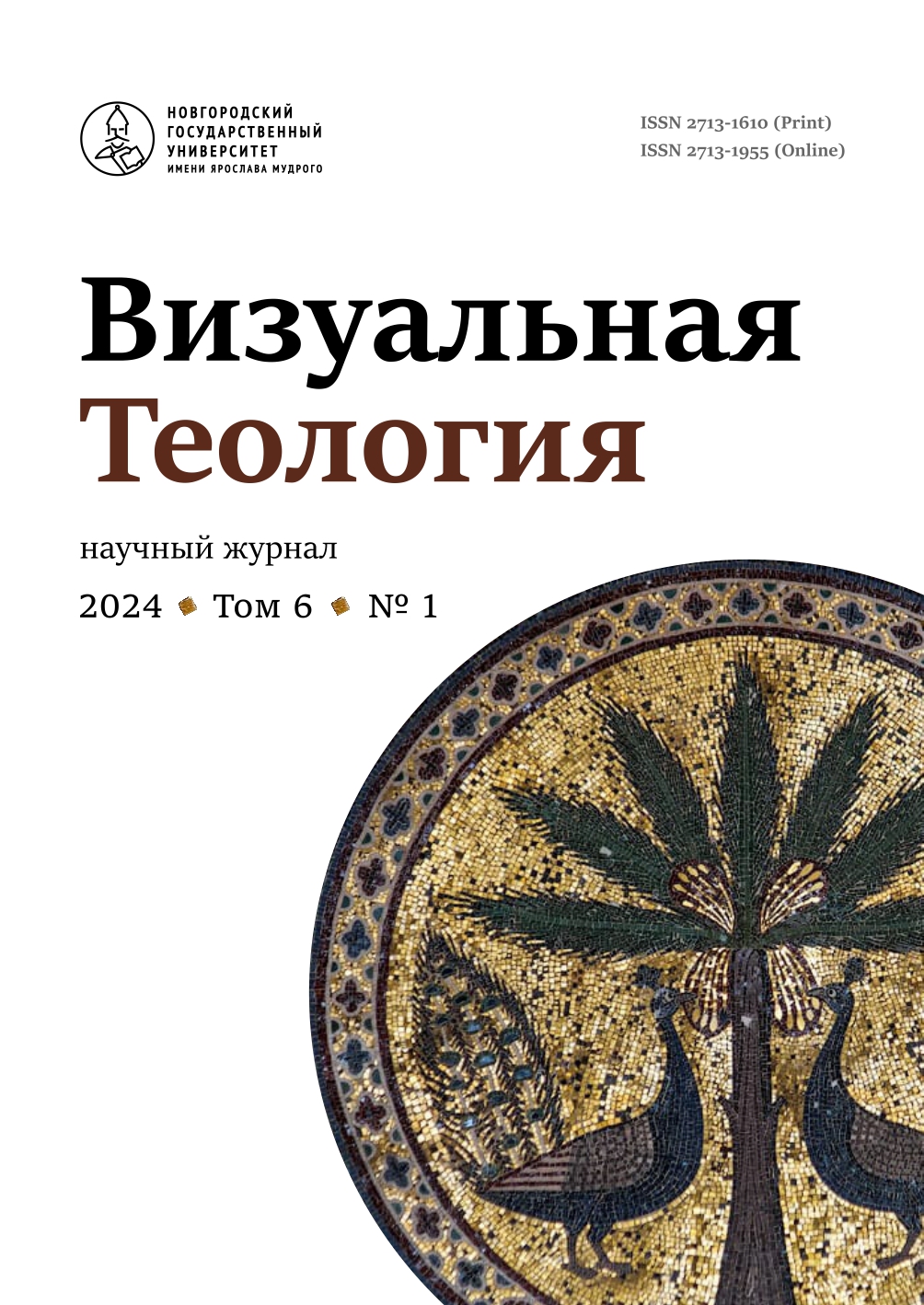Theological Foundation of the Visual Representation of Universal History in Renaissance “Chronicles in Picture” Manuscripts
Abstract
This study examines theological aspects of a particular group of illuminated Renaissance manuscripts, known as “Chronicles in Pictures”. Miniatures in this codex group, stored in different museums, private collections and libraries date back to the lost “Uomini famosi” mural in Giordano Orsini’s palace in Rome (1432, attributed to Masolino da Panicale). Following the fresco cycle of Sala Theatri, the world history was represented through images of “famous people” from different times. This collection of figures formed a distinctive view of a “universal chronicle”. The article explores characteristic features of the Crespi Chronicle, the Cockerell Chronicle and their later copies, and focuses on the construction of the narratives and on the characterization of individual images. Particular attention is paid to textual sources of the tradition to present universal history as a realization of God’s plan of salvation. The visual narrative begins with a symbolic representation of the creation of the world through the symbols of four primary elements, then traces the periodization of history into Six Ages, widely used in the imagery of the manuscripts. The paper further discusses some peculiar interpretations of biblical imagery, including figures of saints and church fathers. A special place in the artistic language of “Chronicles in Pictures” was occupied by attributes and gestures, which helped viewers to appreciate main semantic lines and contexts of the narrative.



